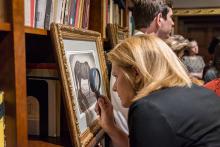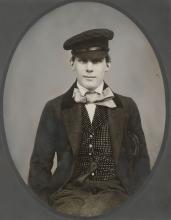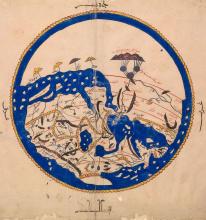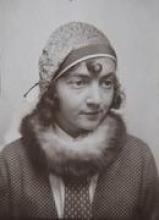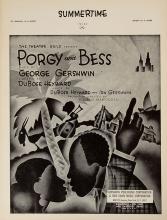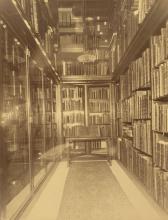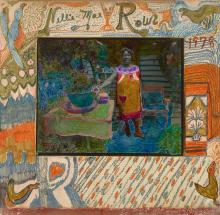Architecture and Access: A History of the Morgan's Print Room
Submitted by Jennifer Tonkovich on Mon, 07/20/2020 - 12:00pmA print room—a space to house a collection of drawings and prints, the curators who are responsible for it, and the scholars that come to study the collection—has been an essential feature at the Morgan since 1906 when J. Pierpont Morgan closely collaborated with Charles Follen McKim on the interiors of the library housing his collections.

